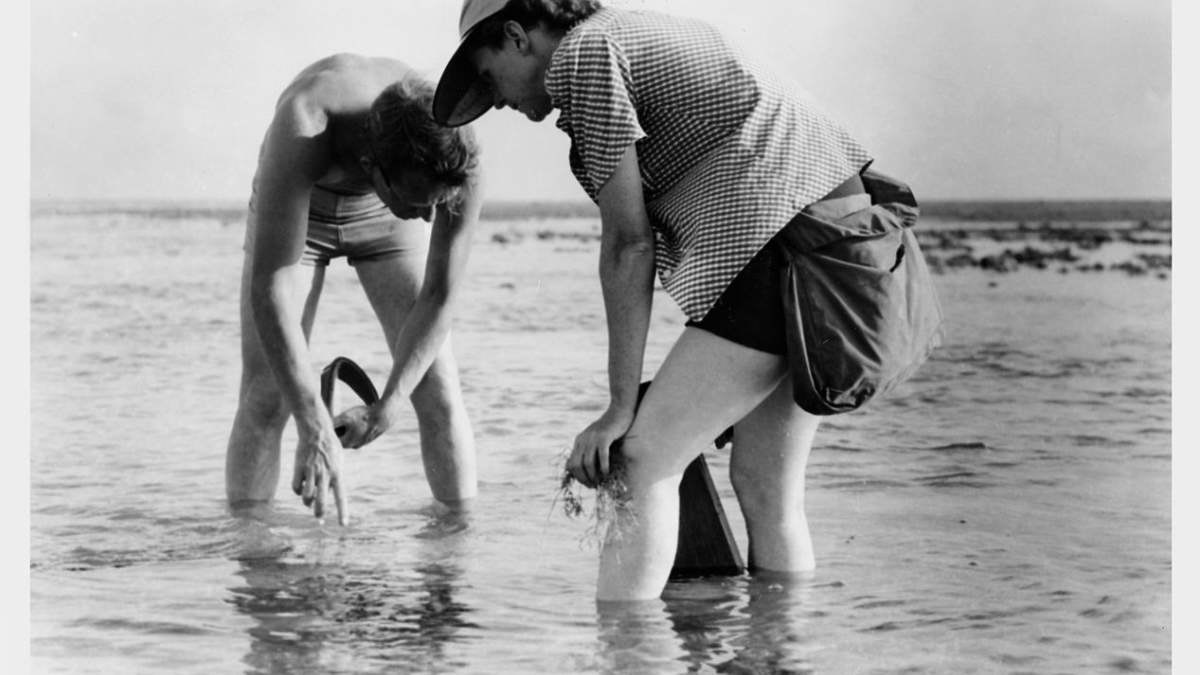Is Rachel Carson's early career a model for overcoming today's science journalism crisis?

It has been more than 50 years since Rachel Carson published her groundbreaking book "Silent Spring." Regarded as a hero by some and a villain by others, Carson helped revolutionize the way the public views environmental science.
One area of Carson’s career that is often overlooked is her time as a government employee. This is where she got her true start in journalism and it is the area in which G. Pascal Zachary, professor of practice with the Consortium for Science, Policy and Outcomes at Arizona State University, discussed his own ideas for how to overcome today's science journalism crisis at the 2013 American Association for the Advancement of Science (AAAS) annual meeting in Boston. Zachary took part in the panel "A 50 Year Legacy: Why does Rachel Carson Matter?"
Other topics from this year's AAAS annual meeting:
Professors study social dynamics of scientific collaborations
Professor says US science policy outcomes should focus on outcomes, not efficiencies
Academics grapple with balancing research, need to communicate it to public
Zachary, who co-organized the panel along with ASU professor Jane Maienschein, gave his talk, “Back to the Future: The Rachel Carson ‘Model’ as a Response to the Crisis in Science Journalism,” Feb. 17.
“At a time when popular writers wanted to write about serious subjects and devote themselves to learning, there was little support for them commercially,” Zachary said on Carson and her early career. “I’m intrigued about how her career suggests a way forward for government to support serious writing and journalism about science and the environment.”
Carson served as an information officer with the U.S. Bureau of Fisheries and the Fish and Wildlife Service for nearly two decades before becoming an independent writer. During that time, she reported on news and findings from the agency.
Zachary believes Carson’s experience and work in this field is what shaped her later writings. Additionally, he saw her early government work as an opportunity. With publications such as the New York Times recently disposing of their environmental desk, Zachary thinks the format of having government employees writing about science could be the way of the future.
“I’m trying to see Rachel Carson in both a historical sense and prefiguring and anticipating a movement that will reform or revolutionize science journalism today,” Zachary said.
“When I talk about her as a model for the crisis in science journalism, what I mean is currently there is less and less quality science journalism,” he added. “As a community, we have to figure out how to draw the line and get a minimal amount of quality science journalism.”